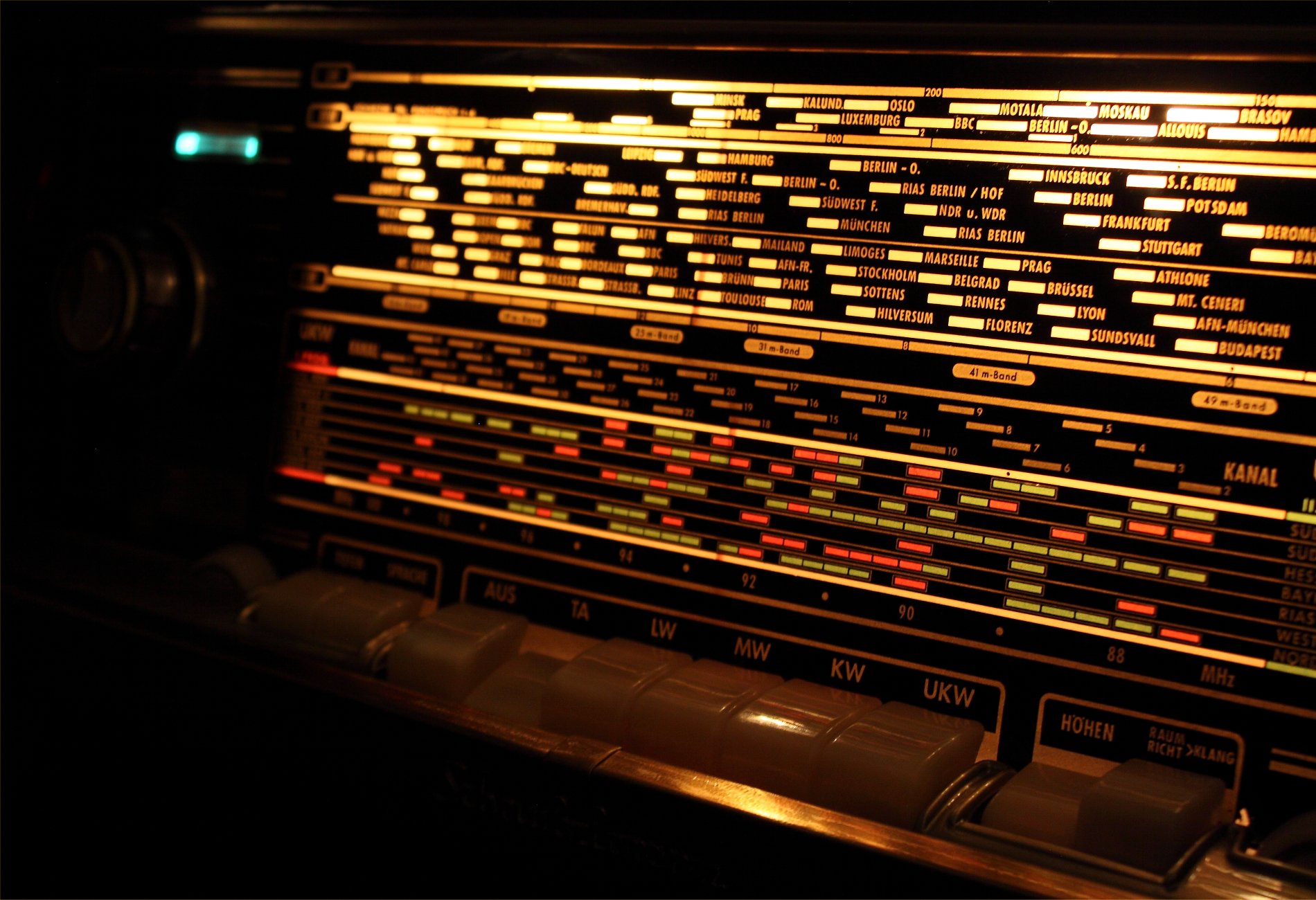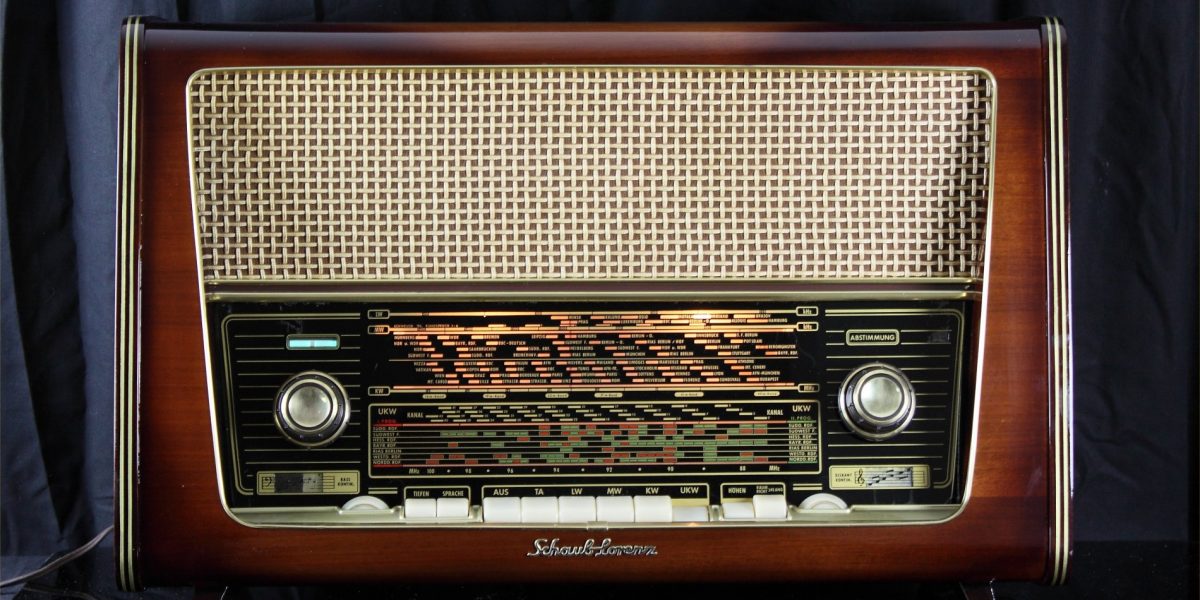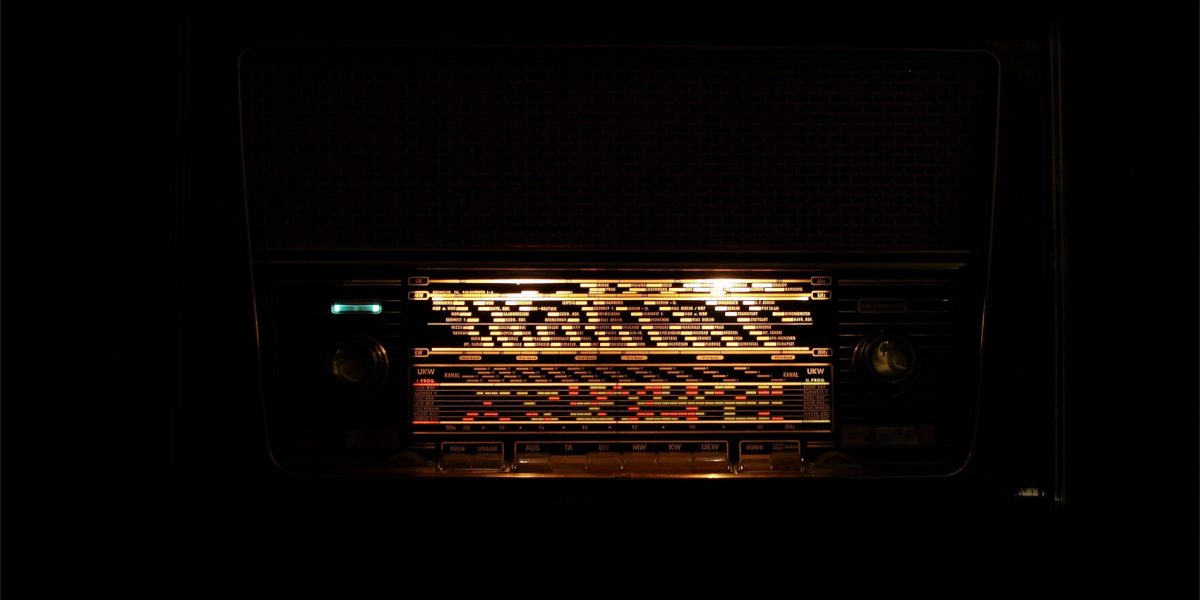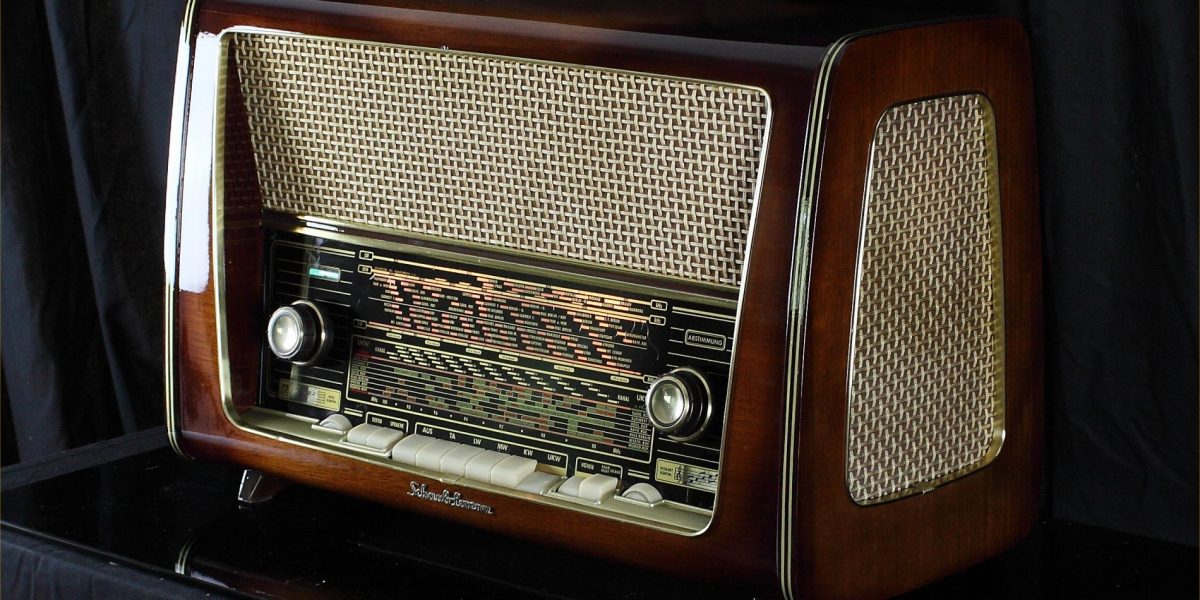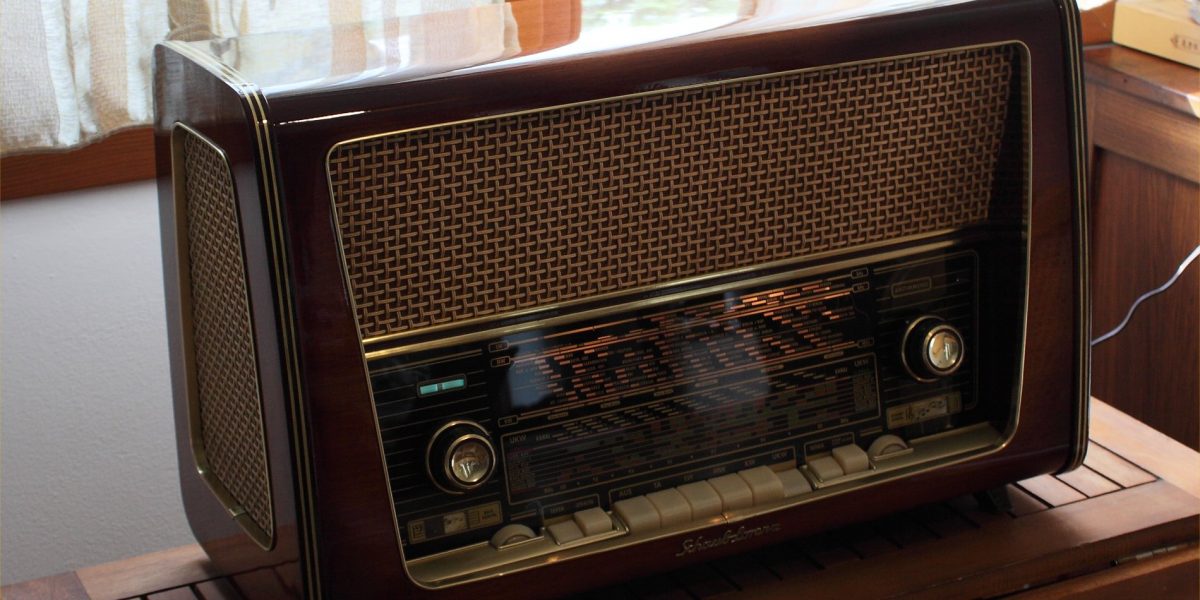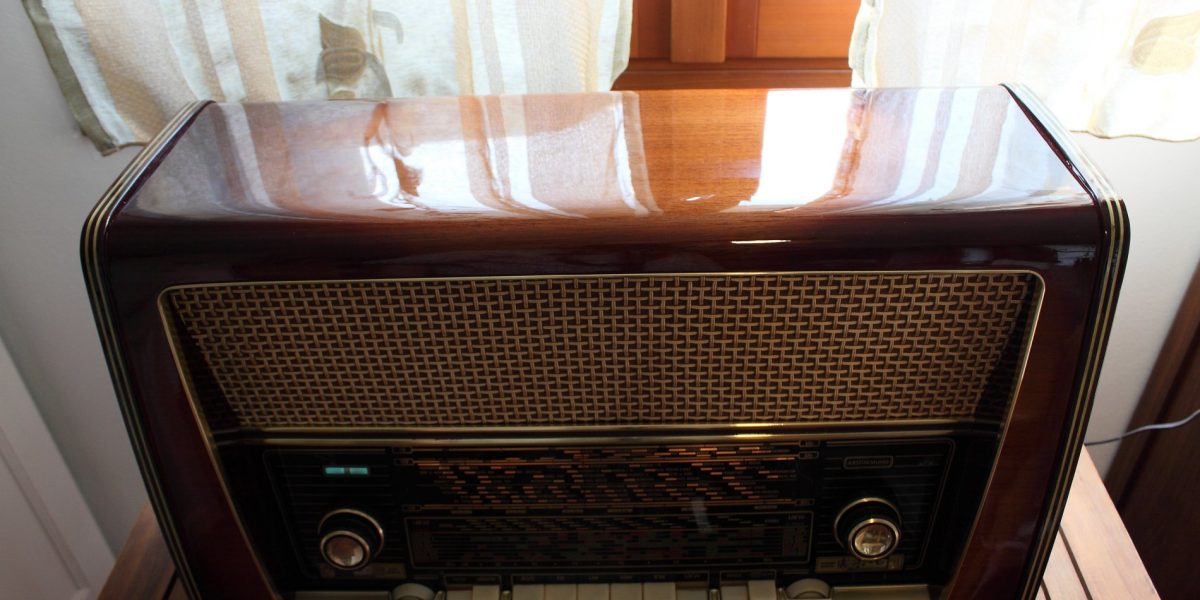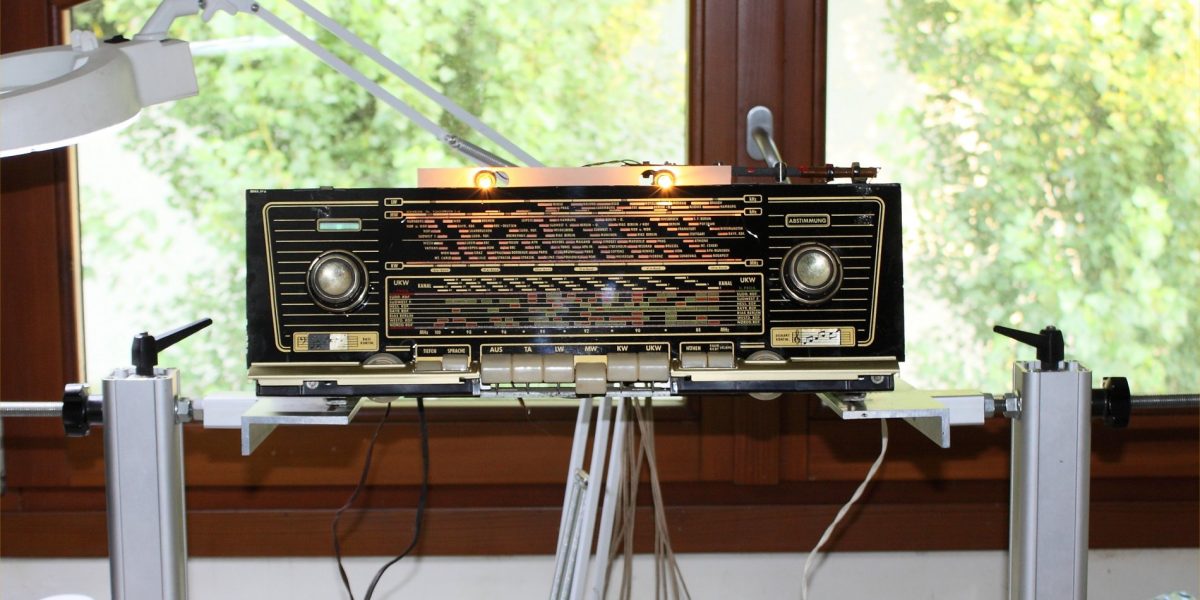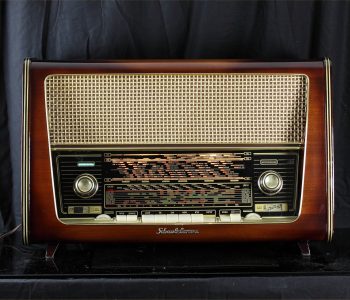 goldsuper 58 - cn
goldsuper 58 - cn
Schaub Lo…
- by giovanni
SCHAUB LORENZ GOLDSUPER 58
SCHAUB LORENZ GOLDSUPER 58
SCHAUB LORENZ GOLDSUPER 58
Schaub-Lorenz radios are recognizable at first glance.
In the 1950s-60s the concepts of industrial standardization, of cost optimization and of inter-enterprise economies of scale did not exist.
Industrial products – not only radios, but also cars, motorbikes and domestic appliances – were characterized by great differences, at least aesthetically, from on brand to another.
It was not necessary to read the brand on the trunk in order to distinguish an Alfa Romeo from a Citroen or a NSU.
Radios were also easily distinguishable. Some maintained an austere look, some wanted to give a strong appearance of solidity, some others had eccentric and catchy shapes.
At Schaub-Lorenz, designers and developers' efforts aim for the elegance of their prestigious devices.
Schaub Lorenz Goldsuper 58, in fact, has a very elegant line. Every detail is tastefully designed with great sense of balance.
The front and the sides are designed to give great lightness to the device. There are no parallel elements or surfaces on the cabinet of this device.
Flat surfaces are minimised and the residual uniformity is completely shattered by the nuance effects that make the device look like it is moving.
The shape of this device seems to transform according to the lights and shadows around it.
Apart from my expressive skills, a simple photo array with devices of other renowned brands will clear all doubt.
GoldKlang 58 is the company's top model of the same year and GoldSuper 58 only differs from the first for the final stage.
Instead of two ECL82 in counter-phase with an output power of 5,8 w, it has an EL84 with an output power of 4,4 w.
But in the GoldSuper, the final stage works in A class, which avoids the problem of Crossover Distortion.
As usual, the sound is smooth and bright, with warm and pleasant low tones.
The loudspeakers are oversized, in fact on the Goldklang the same transducers are installed.
The tuning knob is very pleasant to use because of the peculiar pulley movement transmission system.
The keys are soft and safely activated and jam-free.
The restoration was particularly challenging because of the difficult reconstruction of the shades of the cabinet. It was laborious to recreate the precise balance between the background colour and that of the shade, as well as to respect the nuance gradient.
But the result definitely pays off.
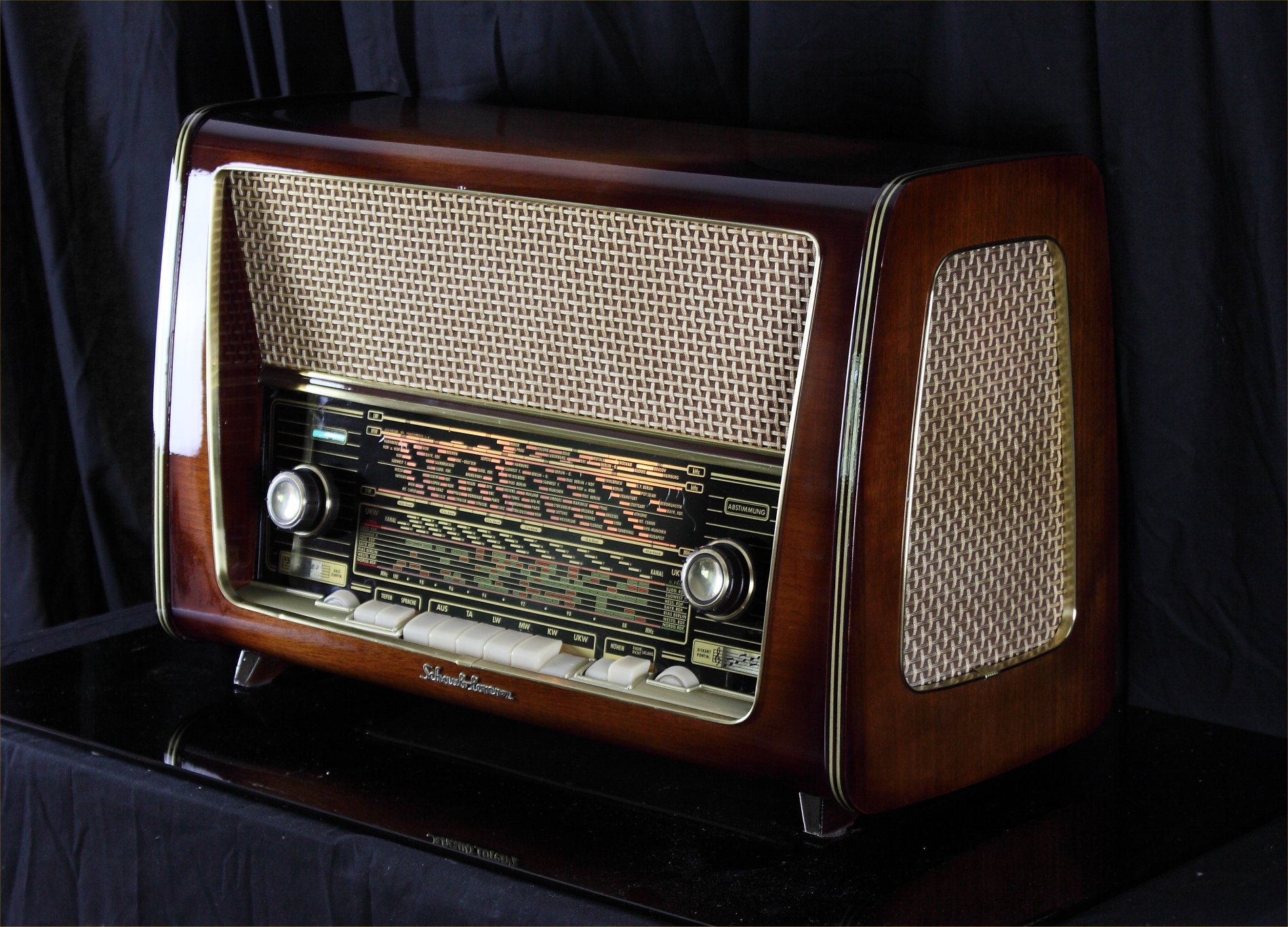

-
BLUETOOTH
Bluetooth receiver embed
-
MULTI PLATFORM CONNECTION
Each radio is equipped with a cable for connection to any digital device.
TUBESOUND UPGRADE
- Bluetooth receiver embed - The unit is equipped with a BLUETOOTH receiver powered directly by the receiver power supply. This makes it possible to control the amplifier from any external digital device as an IPAD, a Smartphone, or a sophisticated multimedia station. So you can hear your preferred web station or your lossesless file without cables on the room. Wireless Receiver can be equipped upon requests.
– Multi Platform Connection – A customized adaptation cable to connect any digital device as Iphone, Smartphone, Laptop, CD Player etc. will be provided with this radio. This special cable suits the different impedances between the modern equipment and the receiver. Furthermore the two stereo channels flow into one without increasing the load to the input unit.

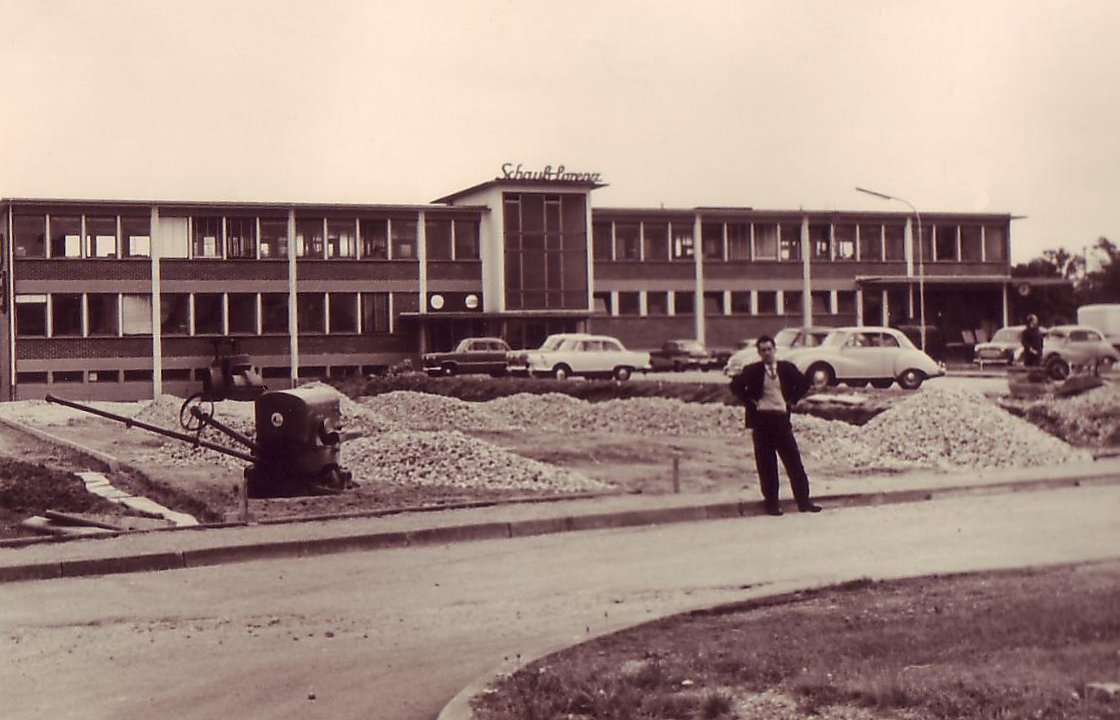
HISTORY
In 1870, Carl Lorenz (1844-1889) opens a lightning hardware shop in Berlin.
After his death, the company is acquired by textile entrepreneur Robert Held (1862-1924).
Carl's brother, Alfred Lorenz, is appointed as technical director. Under Held, the company became an important supplier of telegraphy equipment.
The company expands in the telephone industry buying Lewart and it becomes the telephone provider for postal service.
In 1906, the company is registered for public commerce as C. Lorenz AG.
At the beginning of World War I, Lorenz had reached the number of 3.000 employees and was an important provider of telephone and telegraphy equipment for the German army.
At the end of the First War, the size of the company decreases considerably and activities are oriented to the production of household radios and aeronautical communications devices.
In the 1920's, the company is the main competitor of Telefunken.
In 1930, it is under the control of Standard Elektrizitätsgesellschaft, a branch of American society ITT.
Lorenz patented the ferrite aerial in 1935, which has been used since then in most domestic receivers.
While Germany was preparing for another War, Lorenz went back to the production of material for the army.
In 1940, he aquires G. Schaub Apparatebau-Gesellschaft; its many factories were mainly used for low-cost production.
Lorenz's military products during World War II included land and air radars, radios, recorders, radio tubes and the safest communication device in Germany, Lorenz's machine and code.
Lorenz owned the 25% of Focke-Wulf, the German aeronautical company that built some of the most successful Luftwaffe fighter jets.
In the midst of the War, Lorenz had about 24.000 workers in 12 operating structures.
In 1948, Lorenz has to start over.
Some factories had been shut down and those in the eastern part had been transferred or transferred to the Soviet Union.
During the 1950's, Lorenz recovers very quickly. In 1954, the name of the broadcasting devices brand is changed to Schaub-Lorenz.
In 1958, C. Lorenz AG ceased to exist as an independent company. ITT reorganizes its activities in Germany by merging Lorenz, Standard Elektrizitätsgesellschaft and many more into a new society, named Standard Elektrik Lorenz (or SEL).
In 1961, the company also becomes the main shareholder of Graetz.
In 1987, it is incorporated by the French company Alcatel.
In 2016, Alcatel is bought by Nokia.

MAIN FEATURES
Year of production: 1957/58
Superheterodyne IF 468/10700
6 AM Circuits
10 FM Circuits
Wavebands: Medium Waves (OM), Long Waves (OL),Short waves (OC), FM (UKW)
Loudspeakers:
2 main wideband loudspeakers in front
2 Electrostatic Tweeters on sides
Dimensions (LHD): 600 x 360 x 275 mm / 23.6 x 14.2 x 10.8 inch
Net weight: 12.1 kg / 26 lb 10.4 oz
6 Tubes: ECC85 ECH81 EF89 EABC80 EM84 EL84
LW and MW ferrite antenna embed
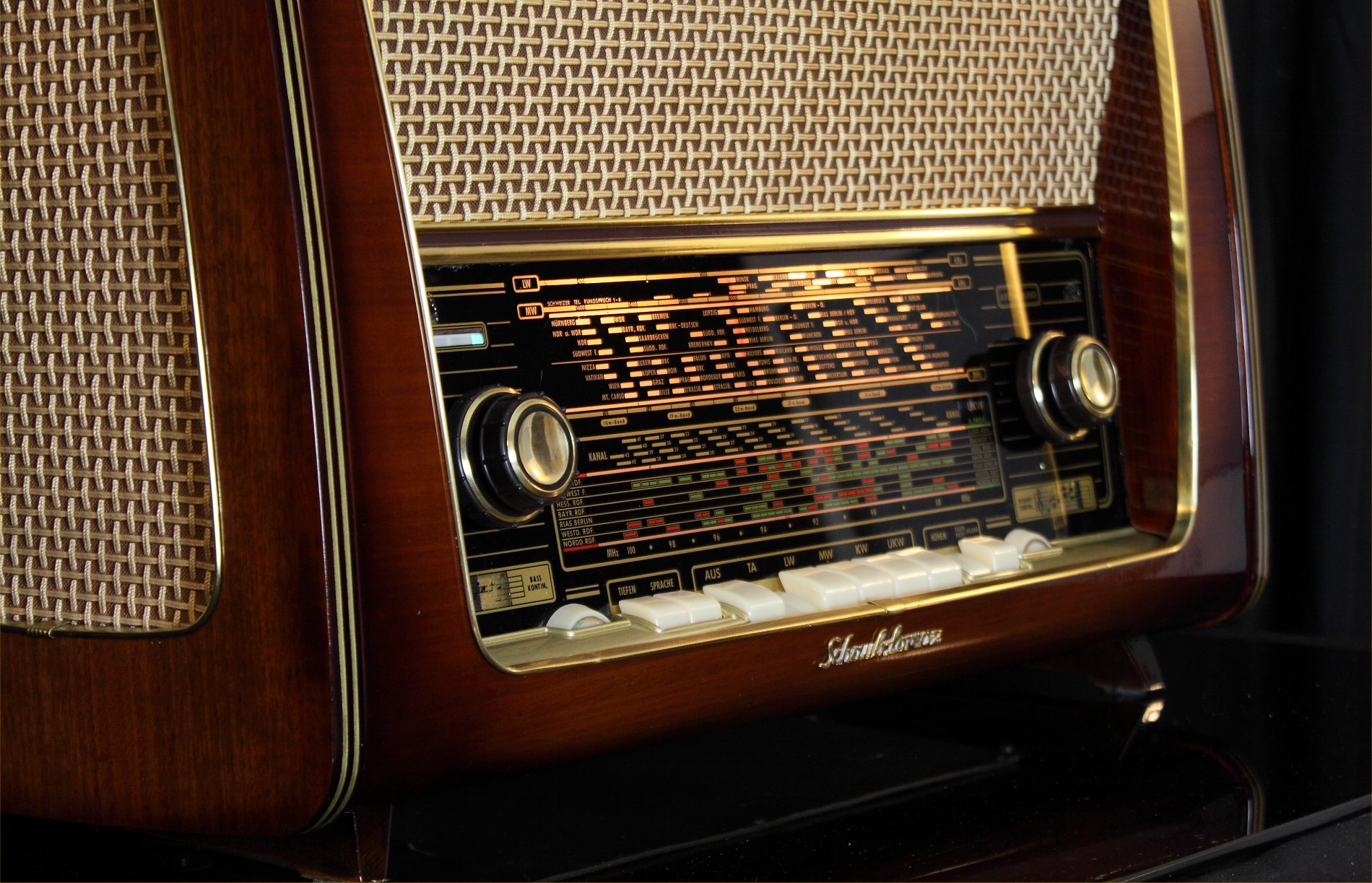
BANDBREITE SCHALTBAR
The frequency response correction system is made of 4 keys that insert preset equalization curves operating on the feedback circuit, they are not passive filters.
The Tiefen key emphasizes the bass.
The Sprache key emphasizes the mids for a cleaner listening to broadcasts spoken.
The Hohen key emphasizes the treble.
The Raumricht Klang excludes the side speakers.

TONE CONTROL WITH LEVEL INDICATION
The tones control system is very efficient.
Above the large tone control knobs there is a band that lights up gradually indicating the emphasis on the band on which it acts.

MAX BASS

MIN BASS

MAX TREBLE

MIN TREBLE

SEPARATE CONTROL TUNING BETWEEN AM AND FM
The tuning system is another gem.
The unit is equipped with mechanisms for keeping separate the AM and FM bands.
The tuning knob is single but a selector switch commutes into cable systems (all in steel) and pulleys separated depending on the band.
The movement is transferred to both mechanisms with a system of pulleys and separated gears.
TUNING INDICATOR
The magic eye has of course been replaced.
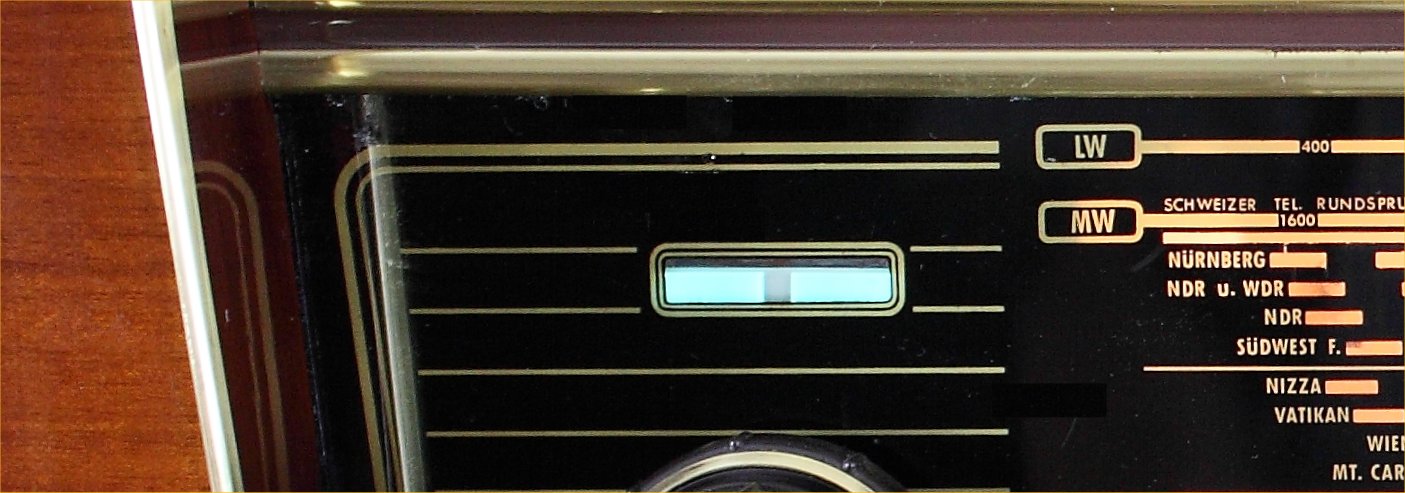
CONTROL PANEL

From the left, the first knob we find is the Volume, with integrated loudness.
Above, the Magical eye indicates the perfect tuning of each station.
Below is the low-tones indicator and further down is the knob which controls them.
In the middle there is the scale, with indicated the different bands and receivable frequencies.
On the right side we find the tuning knob.
Below it, the treble indicator is visible and further below we find the knob which controls them.
Under the dialglass we find the following buttons:
TIEFEN - Bass control
SPRACHE - emphasizes the mids for a cleaner listening to broadcasts spoken.
AUS - Off
TA - Turntable
LW - Long Wave
MW - Medium Wave
SW - Short Wave
UKW - FM
HOHEN - Treble control
RAUMRICH>KLANG - Detach loudspeakers on sides

REAR SIDE
Output for external speakers.
Socket for recorder (tonbandgerat).
Turntable input (Tonabnehmer)
AM and FM aerial inputs and ground socket.
RESTORATION WORKS
THE USUAL AMAZING LAST IMAGE
